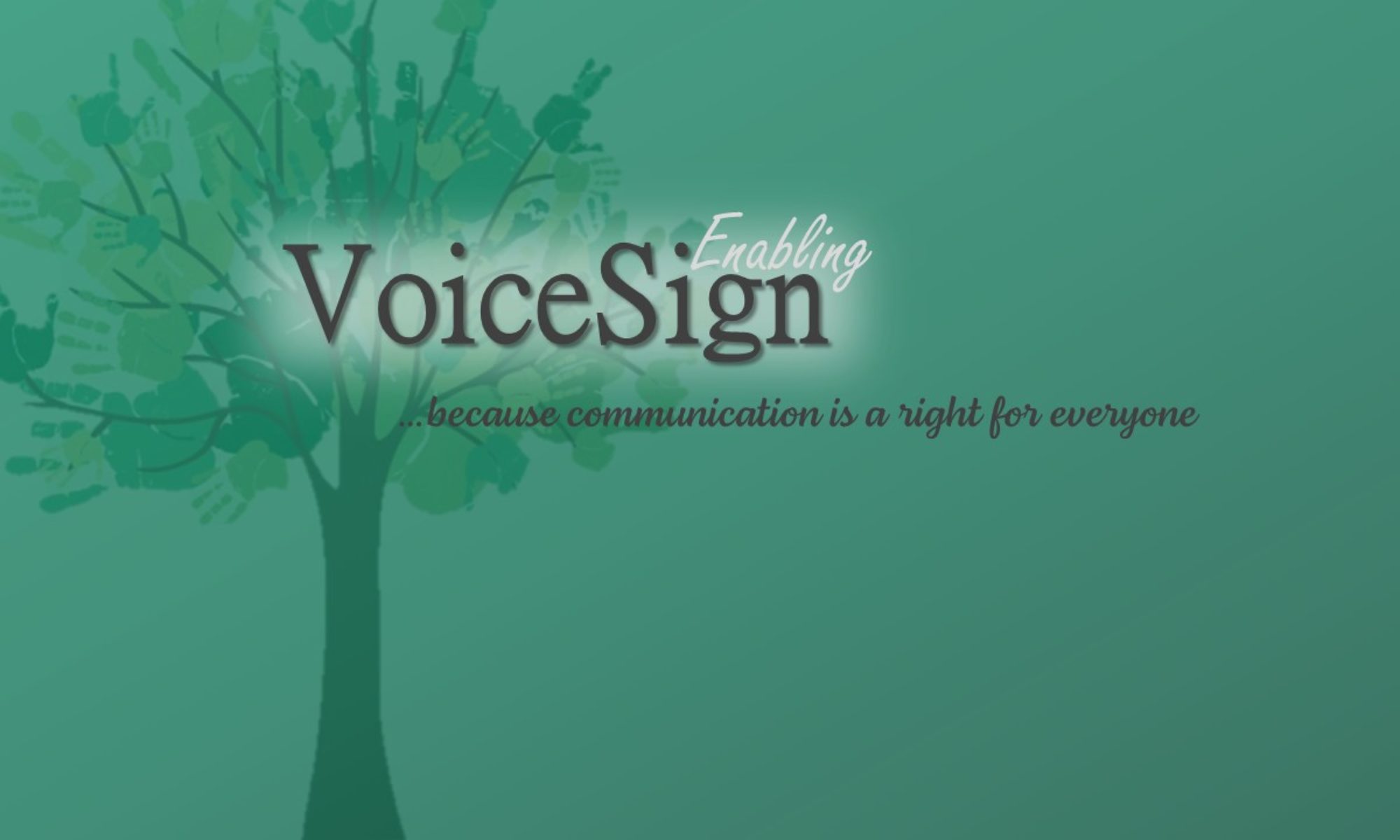The VoiceSign Sign Language System (VSL) is the first ever to be created for people who hear and created by people who hear. The overall theme to VoiceSign is we sign what we hear. In the future we aim to incorporate multiple spoken languages into our sign system. For now though, we sign English.
We follow three simple rules when creating our signs:
#1. ONE WORD : ONE SIGN
In this manner, no matter which part of the world you learn VoiceSign in, you will be able to communicate with everyone else who has learned VoiceSign. You cannot say such a thing about the other sign systems.
With this said, VoiceSign supports you signing, however you want to sign. We hope you like our signs and want to use them. If you find other ways of signing work better for you, by all means, use them. If you want and/or need to sign, the most important is to enjoy what you sign.
#2. SIGN ARE CONSTRUCTED USING THE SAME RULES USED WHEN CONSTRUCTING ENGLISH WORDS
This means we work at the morpheme level. For example, the word HAPPINESS consists of three morphemes; LOVE + LY + NESS. VoiceSign has a sign for each of these parts. The benefit of this is you can easily put together new signs without having to consult a sign language dictionary or training materials. Once you learn the signs for just five more morphemes – the plural ending S, ER, Y, ING, and LIKE – you automatically know how to sign 21 new words, and that is just for these base words (like and love). With VoiceSign your vocabulary quickly grows at an exponential rate.
#3. THE DURATION OF THE SIGNED WORD MATCHES THE DURATION OF THE SPOKEN WORD
We encourage you to talk while you sign. Even if you are considered nonverbal, we still encourage you to speak with your voice while you sign, because the only assuredly way to have a chance at improving your speech, is to use your speech.
For this reason, it is vital our signs match our spoken words. If the word is short and used a lot (like THE) then the sign must be short, fast, and super easy to execute. Likewise, longer words have longer signs with more movement.

